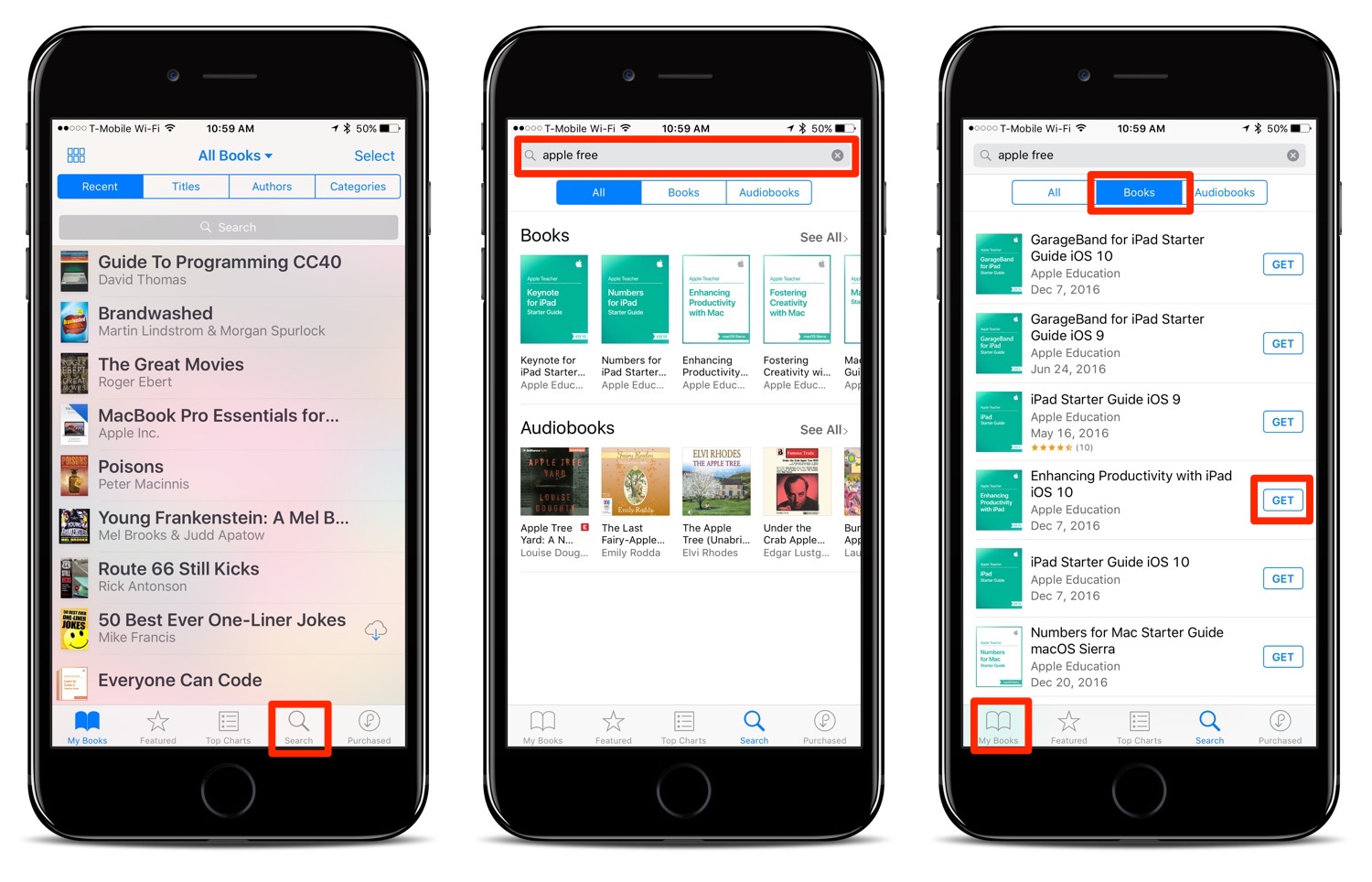I'm sure this is a scenario that a lot of you will have encountered before. Consider the following:
- Mac is bound to Active Directory
- An Active Directory user has previously successfully logged on to the Mac
- The user changes/has their password changed elsewhere (most commonly because they forgot it or it expired)
- The user tries to log on to the Mac
- The user receives a cryptic dialogue box about not being able to unlock the keychain. Not being familiar with what a keychain is or why they should care, the user clicks Continue Log In
- The user then receives constant requests for a 'keychain password' which they have no idea what it is and they just want to get on with their work
2.3 User Login When you open the NVMS-7000 software after registration, the login dialog box pops up, shown in the following figure: Input the user name and password, and then click Login. Check the Enable Auto-login checkbox to enable auto-login,and then the user name and password is not needed for the login next time. Checking the box for Don’t ask for Master Password will turn off Master Password. For security reasons, we recommend against this. If you have a Mac Touch ID attached to your computer, you can enable Touch ID. Automatic Logoff is the time period before RoboForm automatically logs you off.
For reference, we are mainly using OS X 10.10.5 although we do still have some 10.9 and 10.8 machines which we are hoping to update to 10.10 during the summer. We are also on Casper 9.82 with plans to update to 9.92 at or before summer.
I've seen the following workarounds/solutions to this problem:
- Simply telling the users to delete their login keychain. While this does get the messages to go away (as the login keychain is recreated using the new user password) it's a heck of a lot of faff for users to go through.
- Keychain Minder. I tried installing this for testing purposes, but it did not seem to activate when confronted with a test version of the scenario described above. Reading the documentation it seems like it's only used for screensaver unlocking and preference pane unlocking? Is there a version that works for the regular login screen? I uninstalled it after this test
- ADPassMon. I tried installing this for testing purposes and setting its Preferences to be added to the login items and to check the keychain at launch. It did load on login, but didn't activate its password update dialog automatically; if I then went into the Preferences and clicked Test Settings it worked, but obviously I'd want it to do it automatically.

It's also worth noting that none of these solutions seem to be able to replace the original system-generated dialogue that has the message about keychains and the three buttons. I appreciate it might not be possible to disable that but if it is possible I'd definitely want to do it.
What solution do you use? Is there some extra configuration that I have missed?
1 Password For Mac User Guide

The user account named ”root” is a superuser with read and write privileges to more areas of the system, including files in other macOS user accounts. The root user is disabled by default. If you can log in to your Mac with an administrator account, you can enable the root user, then log in as the root user to complete your task.
The root user account is not intended for routine use. Its privileges allow changes to files that are required by your Mac. To undo such changes, you might need to reinstall your system software. You should disable the root user after completing your task.
It's safer to use the sudo command in Terminal instead of enabling the root user. To learn about sudo, open the Terminal app and enter man sudo.
Enable or disable the root user

- Choose Apple menu () > System Preferences, then click Users & Groups (or Accounts).
- Click , then enter an administrator name and password.
- Click Login Options.
- Click Join (or Edit).
- Click Open Directory Utility.
- Click in the Directory Utility window, then enter an administrator name and password.
- From the menu bar in Directory Utility:
- Choose Edit > Enable Root User, then enter the password that you want to use for the root user.
- Or choose Edit > Disable Root User.
Log in as the root user
When the root user is enabled, you have the privileges of the root user only while logged in as the root user.
- Choose Apple menu > Log Out to log out of your current user account.
- At the login window, log in with the user name ”root” and the password you created for the root user.
If the login window is a list of users, click Other, then log in.
Ipassword5 For Mac User Manual 2017
Remember to disable the root user after completing your task.
Change the root password
1password For Mac User Manual Pdf
- Choose Apple menu () > System Preferences, then click Users & Groups (or Accounts).
- Click , then enter an administrator name and password.
- Click Login Options.
- Click Join (or Edit).
- Click Open Directory Utility.
- Click in the Directory Utility window, then enter an administrator name and password.
- From the menu bar in Directory Utility, choose Edit > Change Root Password…
- Enter a root password when prompted.